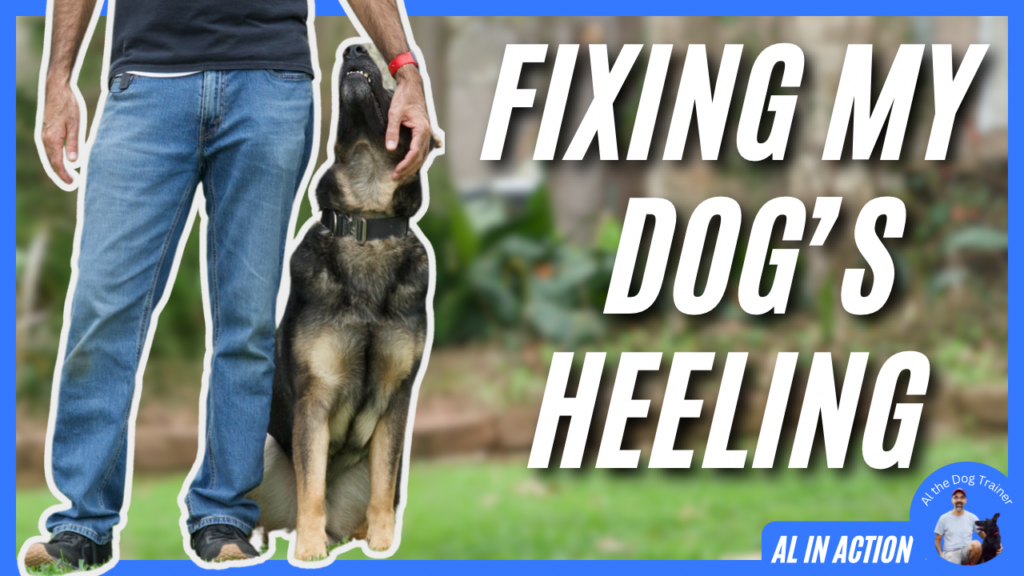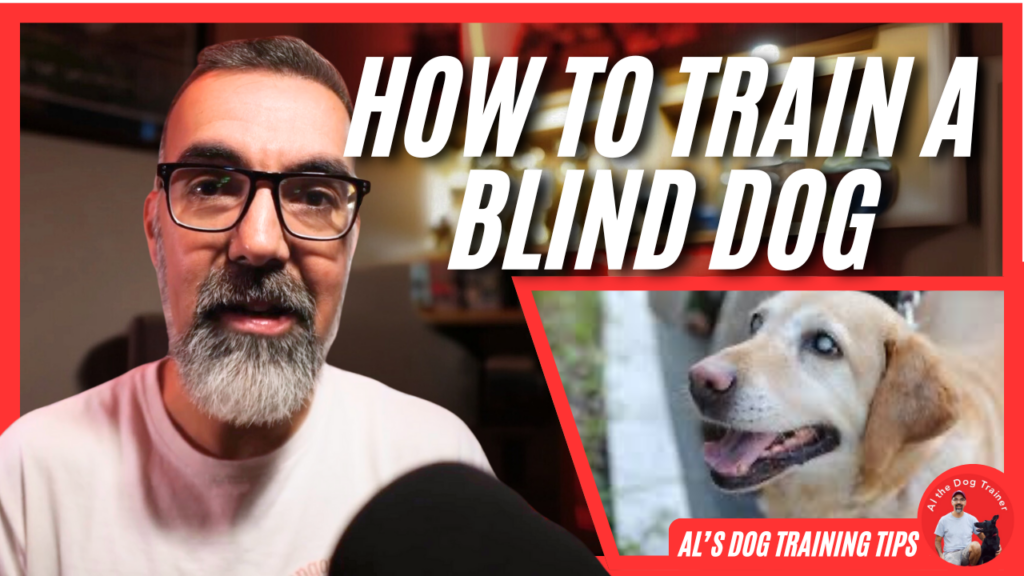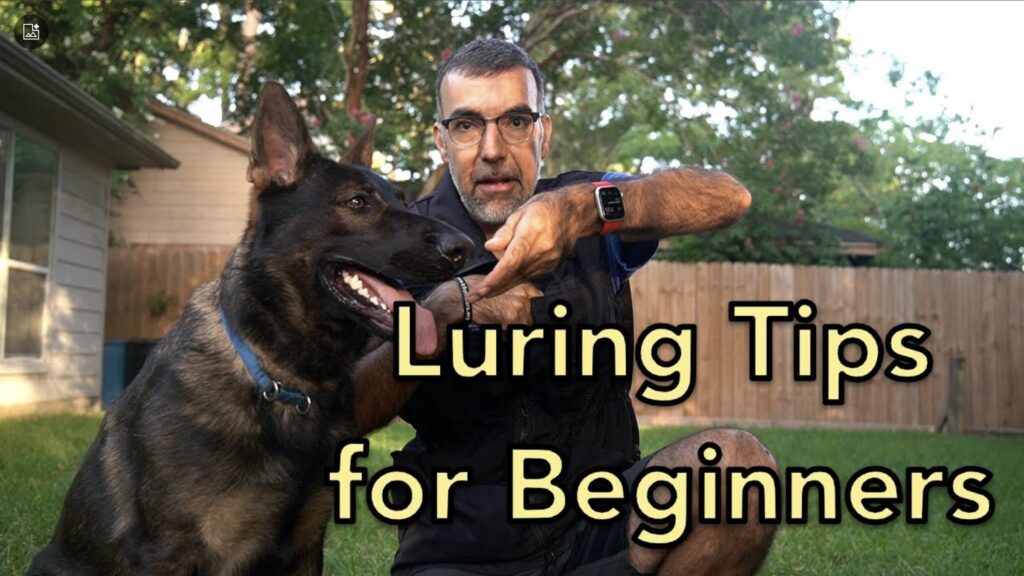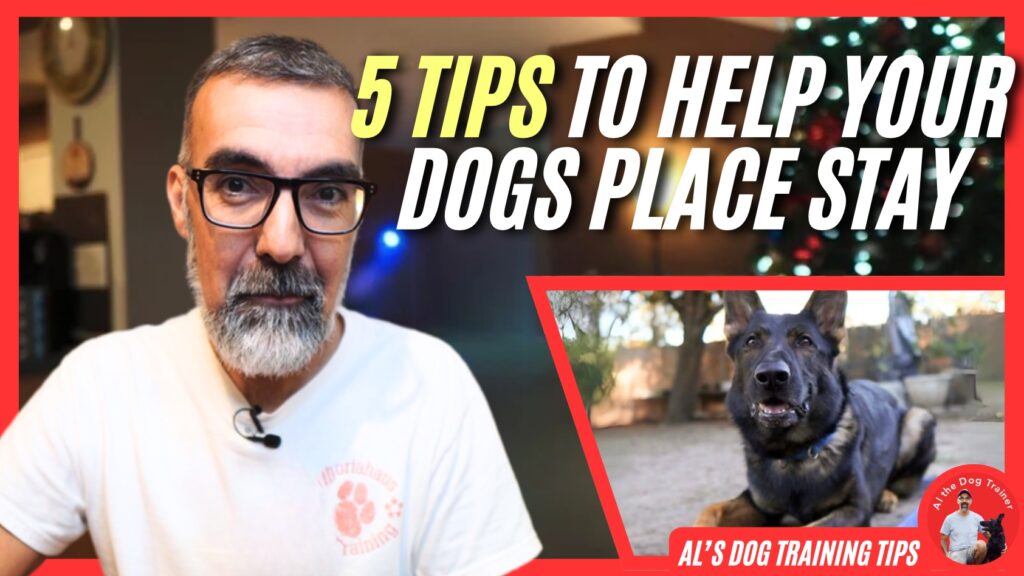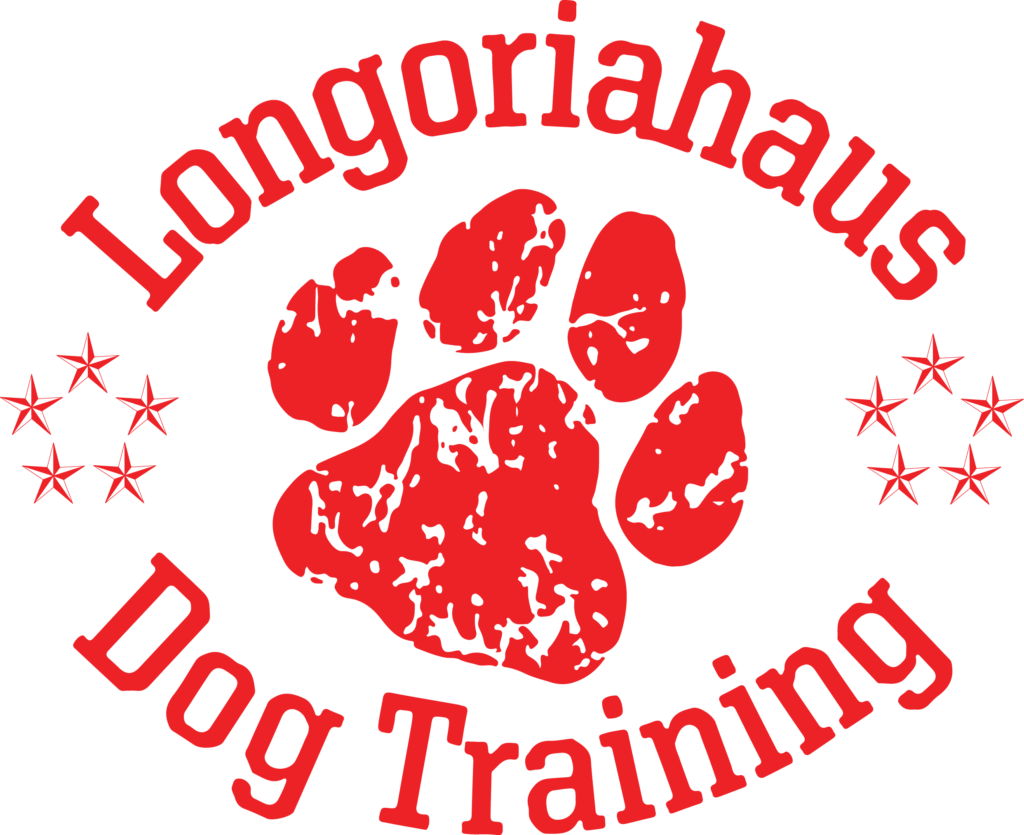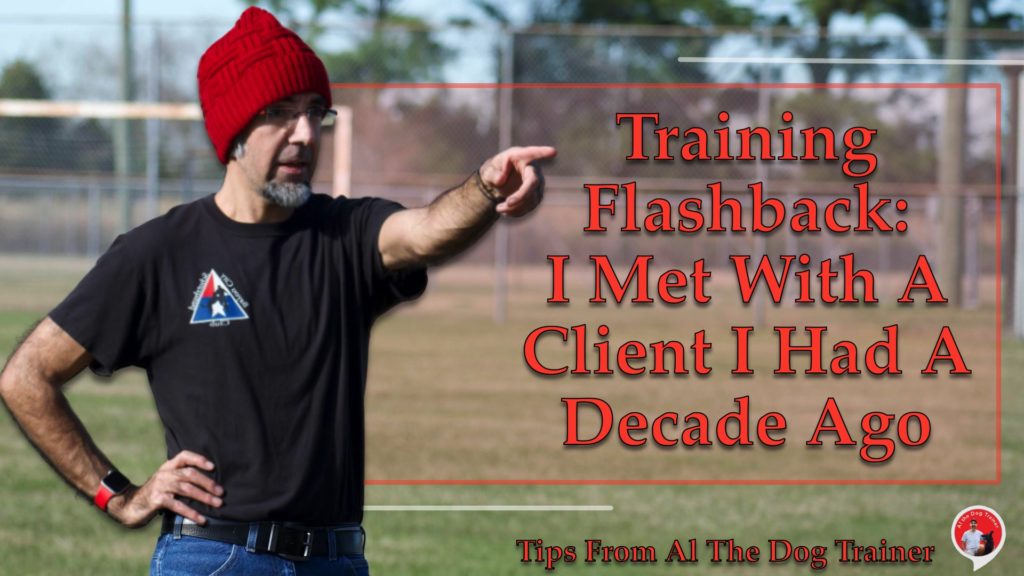
Client I Had A Decade Ago
So I got to meet with a client I had a decade ago. It was really good to see this client for a variety of reasons. It was nice to get a chance to catch up with them since it’s been about ten years. I got to ask about the dog that we were training at the time. Sadly, that dog has since passed. But he did tell me something that made me feel good. He said that that was the best dog that he’s ever had in his entire life.
Then we got to talk about his two new dogs. At that point, I got to see him actually work with a dog that he’s having some issues with. It was nice to see some of the training that I used to do ten years ago. I can see how I’ve been able to change and grow.
I thought of a few things that might be useful for you all as I watched my client working with his dog. These are things that you can do to improve your own dog training.
Directional Moment Markers
So the first thing that I want to bring up is directional moment markers. I’m not going to get into great detail about what moment markers are. But I’m going to give you just a little bit about what you can do with them. We encountered a problem when I would tell him to put his dog on the bed to stay; he inadvertently said yes. I noticed that he was using the word yes, which meant that his dog could get his reward. That reward happened to be that the dog was allowed to come to him to get the reward. The dog would then break the stay on the bed and come off to get the reward.
Reward Markers
You can have a reward marker that tells a dog that they’re allowed to come off to get food and to get the reward. You can also have another reward marker that tells the dog that you will bring the reward to them. The way I did it in this particular session is “good dog,” which meant that we would bring it to the dog on the bed. And “yes” meant that the dog was allowed to come off of the bed to get the reward.
So directional mobile markers can be handy, and you can use them to help the dog sustain behaviors. You can also get them to break behaviors in a way that gets them to come and get a reward from you.
Bed and Down Position
The other thing that I noticed with this client I had a decade ago, was he did a really nice job of having the dog go to its bed and go into a down position. He was unequivocal in his commands. Unfortunately, one of the things that would happen is when his dog would make a mistake, like coming off the bed. He would then put the dog back on and immediately give a down command. Which, by the way, his dog would do.
Now, how is that bad?
Well, I like to make dogs think. If a dog comes off the bed and they already know that the down is the best thing they can do, I really want to let them figure that out on their own.
Sometimes, when dogs make mistakes, they put them back to where they’re close to being right but not actually wrong. Then give your dog 30 seconds to a minute to see if they can actually make the right choice. If they make the right choice on their own, then you can reward the dog. This is actually a great help to a dog because it allows them to figure out the problem you want them to solve, and they get better at solving that particular skill.
Leave It Commands
The last thing that I noticed is that my client was using leave it commands quite a bit. When he put his dog on a stay, I asked him to toss some food over the edge of the bed. When he did that, he said, “Leave it.” This is okay, and I think it’s an okay command to teach a dog to leave it. However, if you’re teaching the dog to stay, you should imply the stay. So instead of saying “stay” and saying “leave it,” show the dog that if they come off, they’re not going to be able to get the reward. That you’re going to use a leash to put them back onto their bed. And I think you should do this silently. If you do that, the dog learns that it’s implied and then stays without you having to say something.
Now, I still think that the leave-it command is a good command to use before the skill of staying in a place that you’re going to ask the dog to do multiple times a day for the rest of its life. I think you should imply it.
I hope those tips were useful. It was beneficial for me to walk down memory lane with this client I had a decade ago. I taught him some things and some new things that I learned about how he could incorporate some new training.
Remember, you can always go to my YouTube Channel for more tips like this or right here on my website at www.longoriahausdogtraining.com.
Happy Training!

